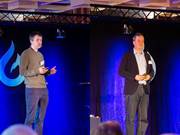
For the past three years, MaritimeNH3 has investigated the potential of ammonia to be a safe, clean and cost-efficient alternative to fossil fuels in the maritime industry. The key results and...

For the past three years, MaritimeNH3 has investigated the potential of ammonia to be a safe, clean and cost-efficient alternative to fossil fuels in the maritime industry. The key results and...
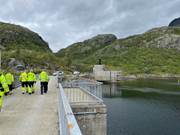
Data collection has now started at two Norwegian rivers to find out how to improve both power generation and environmental conditions ReHydro – Demonstration of Sustainable Hydropower...
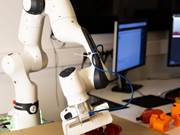
The research team provides the robot with knowledge in a simulation environment and transfers this knowledge to the robot in the real world to enable it to grasp new and unfamiliar objects with...
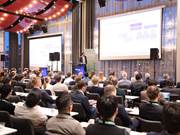
The EERA DeepWind 2025 offshore wind research and innovation conference has concluded after three days of insightful discussions, presentations, and networking in Trondheim, Norway. Bringing...
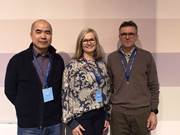
On 8 February 2023, ACT LOUISE was presented at the CLIMIT Summit 2023 by SINTEF research scientists. CLIMIT is Norway’s national programme for the research, development and demonstration of...
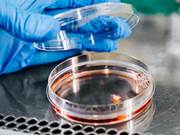
Visual storytelling Tiny brains, hearts and lungs can help cure disease Mini-organs help researchers study many illnesses for which there are currently no treatments. By Idun Haugan and Christina...
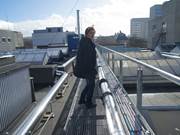
Researcher Svend Tollak Munkejord (SINTEF) shows off the new depressurization test facility (DEPRESS), located on a roof at Gløshaugen in Trondheim. Photo: Mona Sprenger Notes...
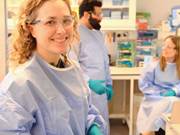
Hanne Haslene-Hox at SINTEF (front) is doing research to bring meat production from the barn to the laboratory, here with colleagues Aman Chahal and Kari Hjelen. Photo: Silje Grytli Tveten...
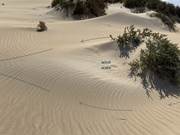
When wind encounters an obstacle, it flows around the obstacle and creates a low-pressure zone on the other side. This is known as a "windwake" and can be seen in the sand patterns in the...
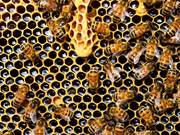
Bees are valuable bioindicators that can help humans monitor nature. Photo: PollyDot/ Pixabay Standard When bees are doing well, they produce a lot of honey. When they aren’t doing well, their...
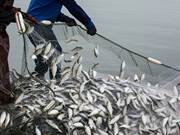
By improving the reporting of catch volumes and fish health in European fisheries, the EU project OptiFish aims to contribute to more sustainable fishing and make it easier to meet current and...
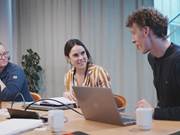
Rainfall patterns, runoff, and temperature conditions also change when the climate changes. This creates both new challenges and opportunities for Norwegian hydropower. SINTEF researcher Ana...
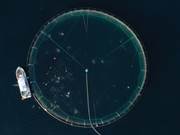
Researchers are working to develop a technology that will enable autonomous robots to adapt their behaviour to the responses of penned fish with the aim of disturbing them as little as possible....
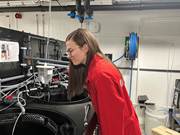
Researcher Charlotte Volpe looking into the tank where she and her colleagues have succeeded in converting toxic ammonia into a nutrient-rich resource. Photo: SINTEF Standard A recirculating...
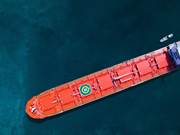
Reducing energy consumption and replacing fossil with renewable fuels within the maritime sector is a large and global challenge. The new Norway-based research center FME MarTrans aims to find...
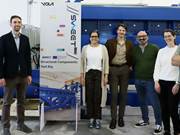
SINTEF has played a key role in the development of an innovative approach for testing wave energy converter (WEC) reliability, performance and destructivity. This dual hardware-in-the-loop (Dual...
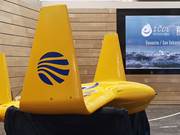
From 18–20 October, the IMPACT project attended the global ocean energy conference ICOE-OEE, where they hosted a side event together with fellow European wave energy project, VALID. ICOE-OEE was...
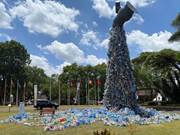
The Global Plastic Treaty – From production, to use, to end of life regulation for plastics is soon in sight. SINTEF has been actively engaged with the Global Plastics Treaty negotiations since...
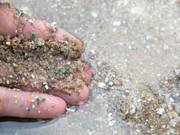
The environmental microplastic is a complex mixture of particle types comprising a continuum of sizes, shapes, polymer types and chemical content, making trust-worthy characterization and...
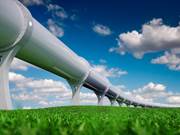
In just a few years, it may take you only 30 minutes to travel the distance between Oslo and Trondheim. How is it possible to cover such a long distance while taking the same amount of time as...